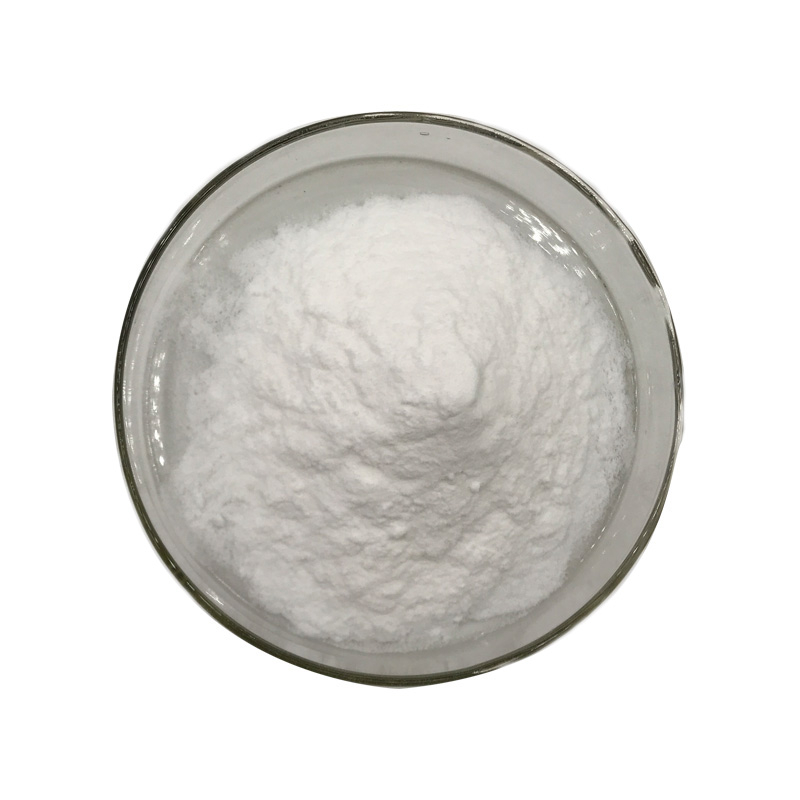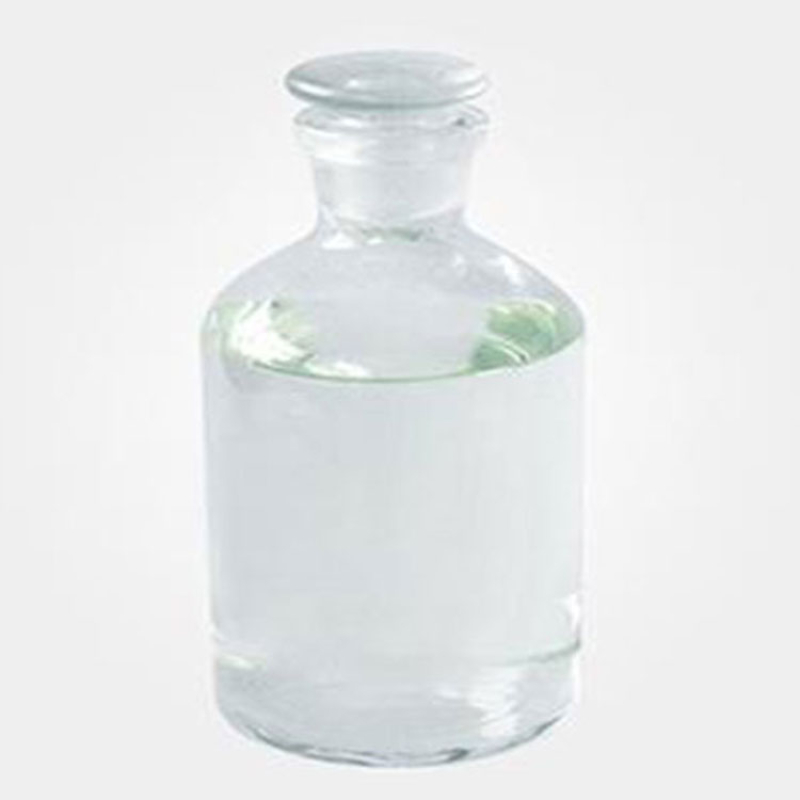Products Description of Dipentaerythritol hexaacrylate CAS#29570-58-9White powderDipentaerythritol hexaacrylate Chemical PropertiesBoiling point 640.7±55.0 °C(Predicted)density 1.184±0.06 g/cm3(Predicted)Fp 266 °Cstorage temp. Sealed in dry,Room Temperatureform Liquidcolor Colorless to Light yellow to Light orange clear liquidEPA Substance Registry SystemDipentaerythritol hexaacrylate (29570-58-9)Factory and Equipment ShowFast delivery timeInventory 2-3 working days New production 7-10 working days
Contact Now
Products Description of Setipiprant CAS#866460-33-5White powder.Setipiprant Chemical PropertiesBoiling point 690.4±55.0 °C(Predicted)density 1.37±0.1 g/cm3(Predicted)storage temp. Store at -20°Csolubility DMSO:48.67(Max Conc. mg/mL);120.94(Max Conc. mM)DMF:50.0(Max Conc. mg/mL);124.25(Max Conc. mM)DMF:PBS (pH 7.2) (1:1):0.5(Max Conc. mg/mL);1.24(Max Conc. mM)Ethanol:3.0(Max Conc. mg/mL);7.45(Max Conc. mM)form A solidpka4.24±0.10(Predicted)Factory and Equipment ShowFast delivery timeInventory 2-3 working days New production 7-10 working days
Contact Now
Products Description of DMPT CAS#4337-33-1Dimethyl-beta-propiothetin, English name: Dimethyl-beta-propiothetin,abbreviated as: DMPT, it exists in two forms: one is dimethyl-beta-propiothetin hydrochloride (Dimethyl-beta-propiothetin hydrochloride), CAS: 4337-33-1, molecular formula C5H11SO2Cl, molecular weight 170.66.The other is dimethyl-beta-propiothetin hydrobromide (Dimethyl-beta-propiothetin hydrobromide), CAS: 20986-22-5.
Contact Now
Products Description of DIMETHYL DICARBONATE CAS#4525-33-1Dimethyldicarbonate (DMDC), also known as Vigorin, is a fruit juice beverage preservative permitted for use in my country's food additives standards (INS No. 242). At room temperature or even low temperature, DMDC has a strong killing ability against many contaminating bacteria in fruit juice beverages. Its antiseptic effect is closely related to the modification and inactivation of key enzyme proteins in the bacteria by DMDC.
Contact Now
Products Description of Bisphenol-A bis CAS#5945-33-5Bisphenol A Bis(diphenyl phosphate) is a flame retardant.
Contact Now
Products Description of 1,2-Benzisothiazol-3(2H)-oneCAS#2634-33-51,2-Benzisothiazol-3-one (BIT for short) is a major industrial bactericidal, preservative and enzyme inhibitor. It has an outstanding inhibitory effect on the growth of mold, algae and other microorganisms in organic media. It can solve a series of problems such as mold, fermentation, deterioration, demulsification and odor of organic products caused by microbial growth.
Contact Now
Products Description of 4,5-epoxytetrahydrophthalic acid diglycidylester CAS#25293-64-5Colorless liquid4,5-epoxytetrahydrophthalic acid diglycidylester Chemical PropertiesBoiling point 447.4±45.0 °C(Predicted)density 1.406Factory and Equipment ShowFast delivery timeInventory 2-3 working days New production 7-10 working days
Contact Now
Products Description of Oleic acid CAS#112-80-1Insoluble in water, soluble in benzene, chloroform, miscible with methanol, ethanol, ether and carbon tetrachloride. Because it contains double bonds, it is easily oxidized by air, producing an unpleasant odor and turning yellow. When treated with nitrogen oxides, nitric acid, mercurous nitrate and sulfurous acid, it can be converted into oleic acid. When hydrogenated, it becomes stearic acid. The double bonds can easily react with halogens to form halogenated stearic acid.
Contact Now
Products Description of Metatitanic acid CAS#12026-28-7Titanic acid is an intermediate product of the sulfuric acid method for producing titanium dioxide.
Contact Now
Products Description of Sodium alginate CAS#9005-38-3Sodium alginate (CHONa), mainly composed of the sodium salt of alginate, is a polysaccharide biopolymer with many characteristics such as wide source, non-toxic, easy to degrade, and easy biocompatibility. Therefore, it has great application value in various industries such as medicine, food, packaging, textile industry, and biomaterials.Sodium alginate Chemical PropertiesMelting point 99 °Cdensity 1.0 g/cm3(Temp: 25 °C)FEMA 2014 | ALGIN (LAMINARIA SPP.
Contact Now
Products Description of 2-Amino-3-Pyridinecarboxaldehyde CAS#7521-41-72-Amino-3-pyridinecarboxaldehyde is a pyridine derivative with significant alkalinity, commonly used in organic synthesis and pharmaceutical chemical intermediates. It can synthesize organic compounds with pyridine skeletons through various chemical reactions such as condensation reaction, cyclization reaction and substitution reaction. It has a wide range of applications in basic chemical research.
Contact Now
Products Description of DL-Mandelic acid 99% CAS#90-64-2Mandelic acid is a large molecular weight fruit acid that is lipophilic. Compared with the common fruit acid-glycolic acid, mandelic acid has certain antibacterial ability. At the same time, compared with common glycolic acid and lactic acid, its penetration rate into Chemicalbook skin will be slower, which means that it is less irritating than glycolic acid. Its fat solubility is increased and the ability of stratum corneum to penetrate the skin is improved.
Contact Now
Phosphoric Acid(industrial grade) CAS#7664-38-2Phosphoric Acid, with the chemical formula H₃PO₄ and CAS number 7664-38-2, is a versatile inorganic acid that plays a crucial role in a multitude of industries.
Contact Now
Products Description of PHOSPHORIC ACID CAS#78-42-2PHOSPHORIC ACID is widely used as a flame retardant, plasticizer, and extraction agent in the production of chemical companies. Its most important use is the production of hydrogen peroxide.
Contact Now
85%phosphoric acid CAS#7664-38-2Product Overview:Our 85% Phosphoric Acid, identified by the CAS#7664-38-2, is a highly concentrated form of orthophosphoric acid (H₃PO₄), a tribasic acid with a wide range of industrial and food-grade applications. This product is recognized for its purity, effectiveness, and the ability to meet the specific requirements of various industries.Industrial Applications:Phosphoric Acid (Industrial Grade) is a cornerstone in the chemical industry, used in the production of fertilizers, detergents, and various types of chemicals.
Contact Now
Acetic acid formula CAS#64-19-7Product Overview:Glacial acetic acid, scientifically known as ethanoic acid, is a colorless, corrosive liquid that plays a pivotal role in various industrial processes. With the chemical formula CH₃COOH and the unique identifier CAS#64-19-7, it is a versatile compound that is widely recognized for its effectiveness in a multitude of applications.Market Relevance:In the dynamic industrial sector, the demand for high-quality chemicals is ever-increasing.
Contact Now
Glacial Acetic Acid CAS# 64-19-7Product Overview:Glacial acetic acid, scientifically known as ethanoic acid, is a colorless, corrosive liquid that plays a pivotal role in various industrial processes. With the chemical formula CH₃COOH and the unique identifier CAS#64-19-7, it is a versatile compound that is widely recognized for its effectiveness in a multitude of applications.Market Relevance:In the dynamic industrial sector, the demand for high-quality chemicals is ever-increasing.
Contact Now
Products Description of 5-Nitrosalicylic acid CAS#96-97-95-Nitrosalicylic acid is a chemical substance with the chemical formula C7H5NO5 and a molecular weight of 183.12.5-Nitrosalicylic acid Chemical PropertiesMelting point 228-230 °C(lit.)Boiling point 316.77°C (rough estimate)density 1,65 g/cm3vapor pressure 0Pa at 25℃refractive index 1.6280 (estimate)storage temp. no restrictions.solubility water: soluble1g in 1475ml(lit.)form LiquidpkapK1:2.12 (25°C)color Clear yellow-beige to orange-brownWater Solubility Soluble in water 1g/1475
Contact Now
Products Description of Antioxidant 168 CAS#31570-04-4Antioxidant 168 is a phosphite antioxidant with excellent performance. It has strong extraction resistance, is stable against hydrolysis, and can significantly improve the light stability of products. It can be used in combination with a variety of phenolic antioxidants. . For example, Cyanox2777 developed by the American company Cyanamid is a compound of antioxidant 168 and phenolic antioxidant 1790. The combined use of phosphite and phenolic antioxidants can give full play to the synergistic effect.
Contact Now
Products Description of Antioxidant 168 CAS#31570-04-4Antioxidants are organic compounds that can inhibit or delay the thermal oxidation of polymers and other organic compounds in the air. Usually, adding a small concentration of 1% antioxidant is very effective. For example, foods are prone to oxidation and deterioration, and a small amount of antioxidants can be added to extend their storage time. Polymer materials such as plastics, synthetic fibers and rubber are prone to thermal oxidation degradation reactions.
Contact Now
Products Description of Antioxidant 1330 CAS#1709-70-2Hindered phenol antioxidant 330 is a white crystal powder with a melting point above 244°C and is insoluble in water. The solubility (g/100g solvent) in certain solutions at 18°C is: benzene 20, methylene chloride 31.9, methylcyclohexane Alkane 1.7, methanol 0.2, isopropyl alcohol 0.1.
Contact Now
Products Description of Antioxidant 1330 CAS#1709-70-2Hindered phenol antioxidant 330 is a white crystalline powder with a melting point above 244°C. It is insoluble in water. Its solubility in some solutions at 18°C (g/100g solvent) is: benzene 20, dichloromethane 31.9, methylcyclohexane 1.7, methanol 0.2, isopropanol 0.1.
Contact Now
Products Description of Dioctyl sebacate CAS#122-62-3Dioctyl sebacate, also known as bis-2-ethylhexyl sebacate, referred to as DOS, is made by esterification of sebacic acid and 2-ethylhexanol. It is suitable for polyvinyl chloride, vinyl chloride copolymers, nitrocellulose, ethyl cellulose and synthetic rubber. It has high plasticizing efficiency and low volatility. It has excellent cold resistance, good heat resistance, light resistance and electrical insulation. It also has good lubricity when heated, making the product look good and feel good.
Contact Now
Silicone oil CAS#63148-62-9Silicone oil having a silica structure and is liquid at room temperature and is called as siloxane, referred as silicone oils. The simplest polydimethylsiloxane is as formula [1]. In [2], if the R, R1, R2 are all methyl groups, it is called α, ω-trimethylsilyloxy polydimethylsiloxane, that’s the commonly called silicone oil. It is a linear polymer of a low molecular weight. If R1 and R2 are not a methyl group, then it is not related to this article. Silicone oil is a colorless or light yellow transparent liquid and is odorless and tasteless.
Contact Now



































